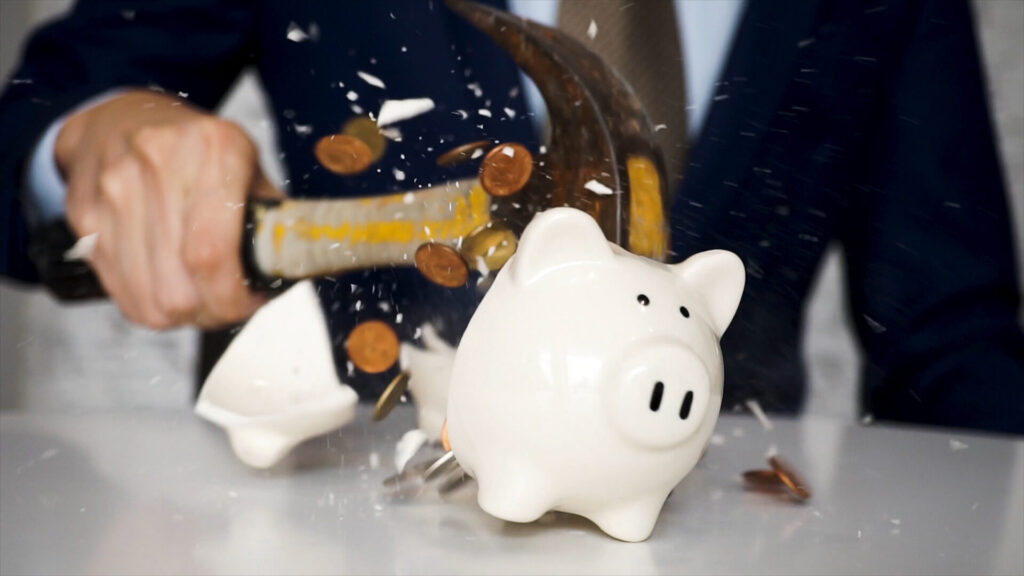When you file bankruptcy, you feel a huge weight lifted off your shoulders. You do not need to worry so much about debt constantly weighing on your mind. But just because your bankruptcy has wiped the slate clean does not guarantee you are free of financial distress in the future.
The steps you take immediately after bankruptcy are vital to ensuring you do not fall back into overwhelming debt again. Here are a few essential tips for life after declaring bankruptcy.
1. Gather and organize all documents
You should have the following paperwork from your case:
- The bankruptcy petition, which includes details about your debts and assets
- A notice of the bankruptcy filing
- A copy of your bankruptcy discharge order
Preserving this paperwork is important for a few reasons. First, it is good to have on hand to ward off any debt collectors who try to collect a discharged debt. Second, some lenders ask for bankruptcy papers when you apply for new credit.
2. Pull your credit report regularly
You can check your credit score for free once a year. Check it a few months after your discharge. It is crucial to know what your creditors are reporting about your financial habits. You want to verify that any discharged debt is being reported with a zero balance.
3. Create a budget and review it regularly
Develop a basic budget so you can understand your income and expenses. You can review it for a few minutes every week to see if you need to make any adjustments. A budget is a great way to avoid falling into financial devastation again. Additionally, the bankruptcy experience teaches you about the responsibility of credit. Learn how to involve credit in your budget correctly because credit is an essential aspect of modern life.
These are three important steps to take after bankruptcy. Once you are in a stable situation, you can start pursuing new credit to rebuild your score.











